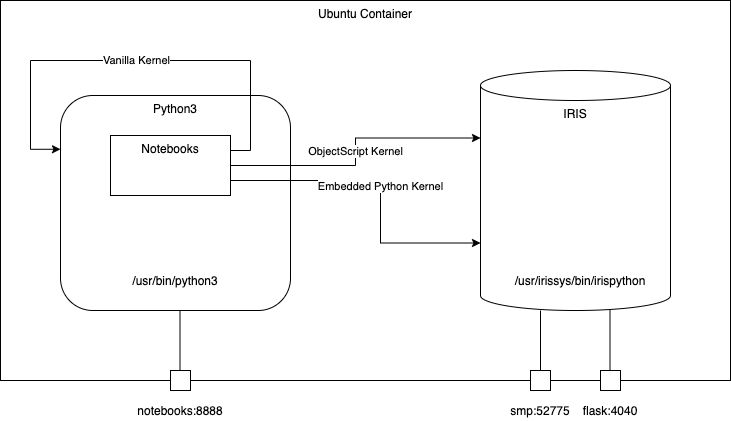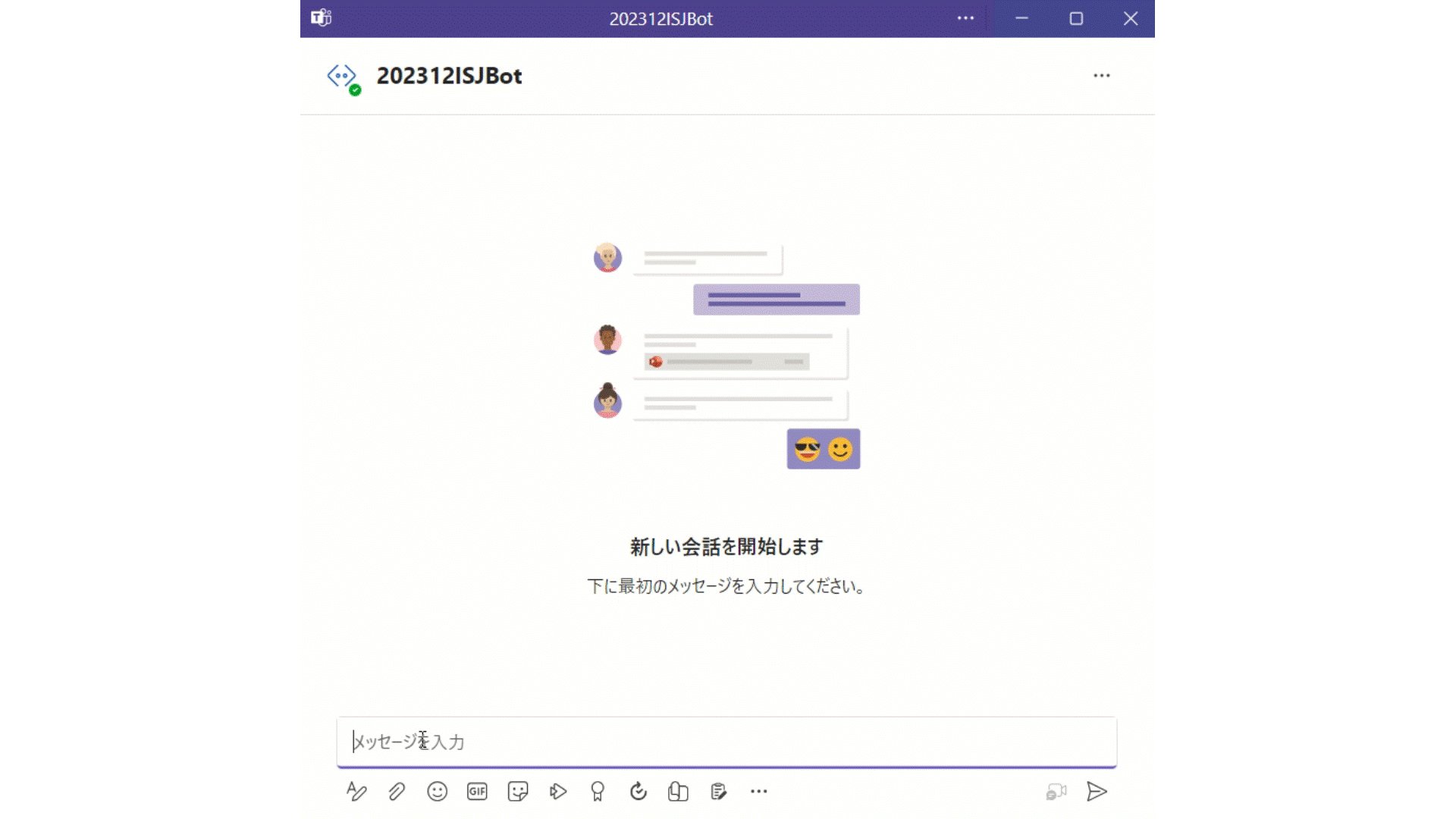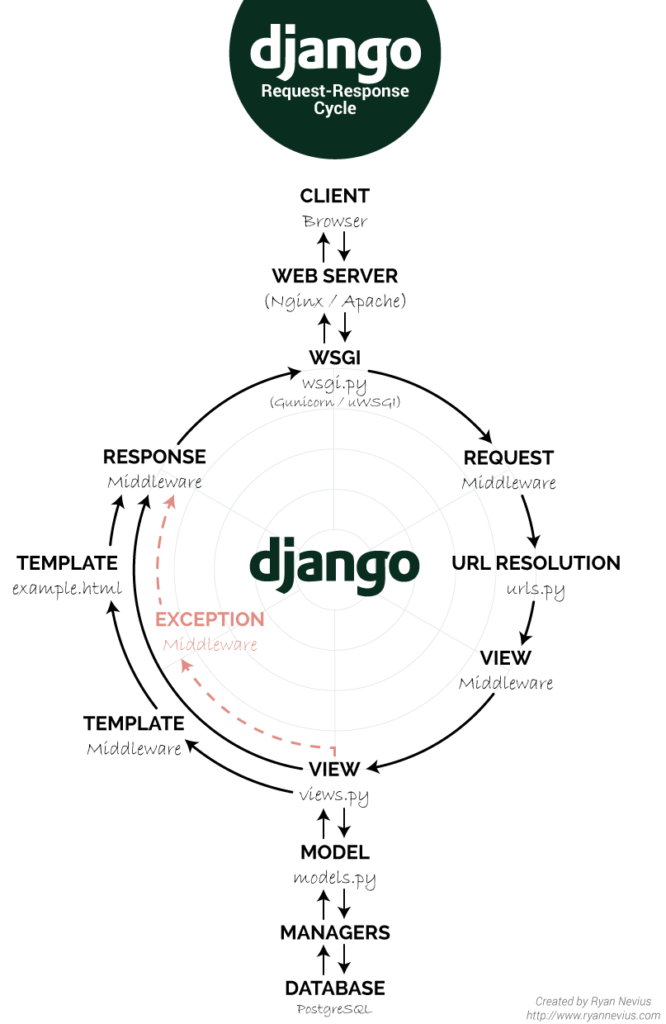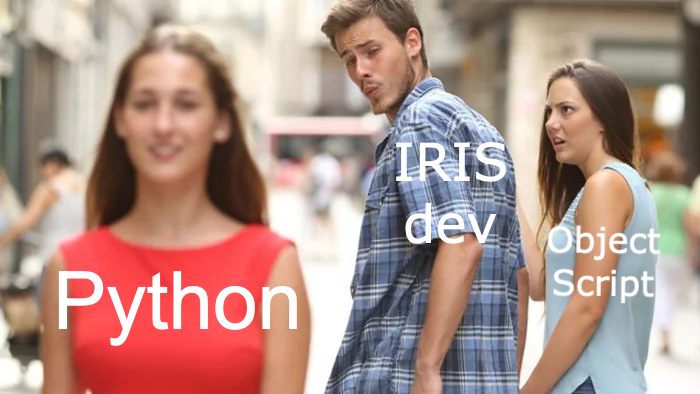I have been using embedded python for more than 2 years now on a daily basis.
May be it's time to share some feedback about this journey.
Why write this feedback? Because, I guess, I'm like most of the people here, an ObjectScript developer, and I think that the community would benefit from this feedback and could better understand the pros & cons of chosing embedded python for developing stuff in IRIS. And also avoid some pitfalls.
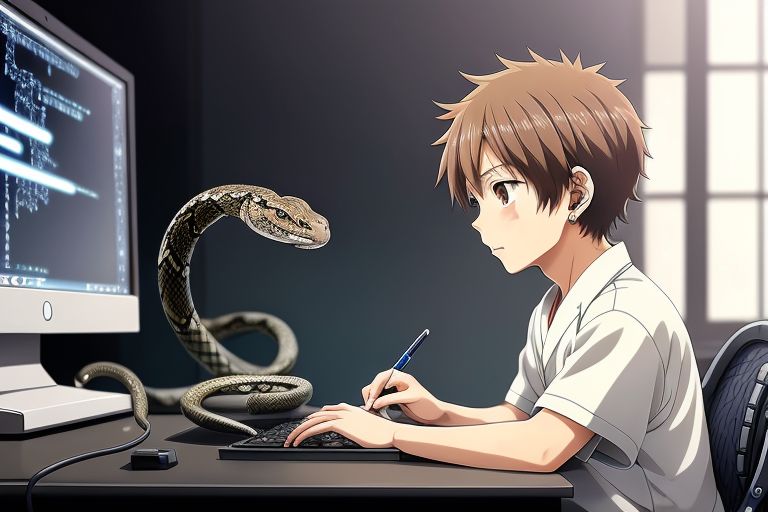


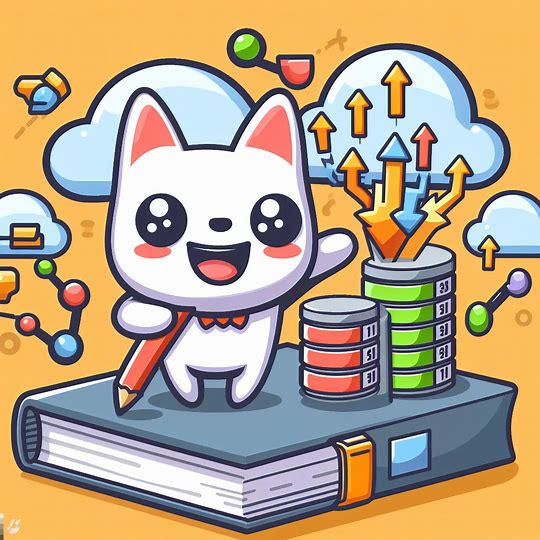
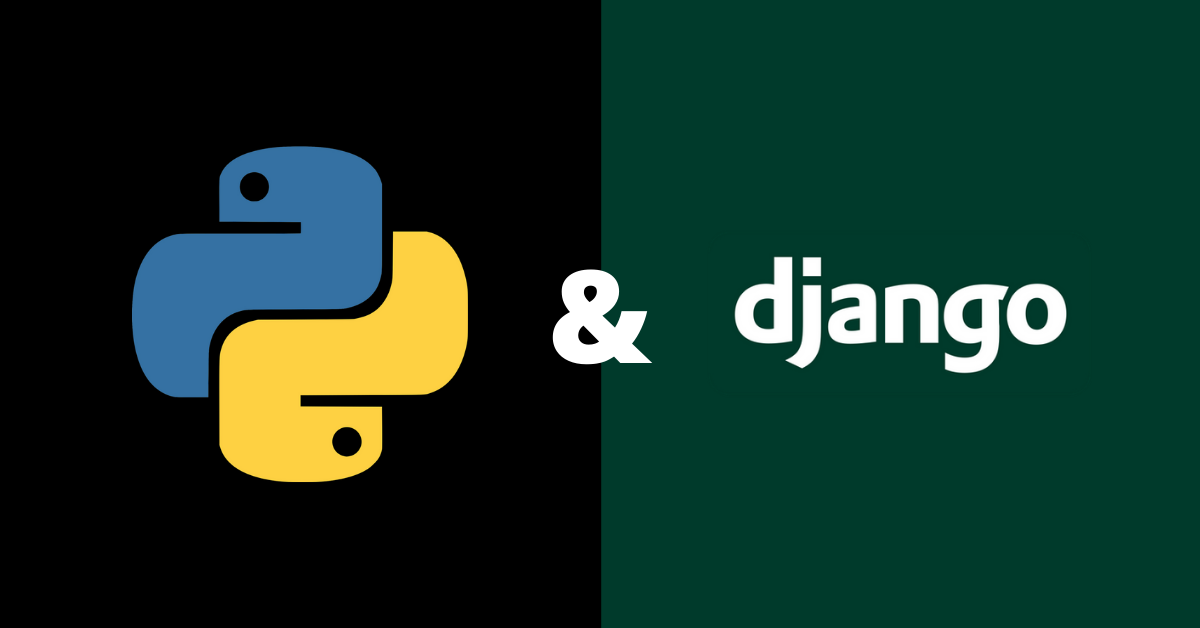
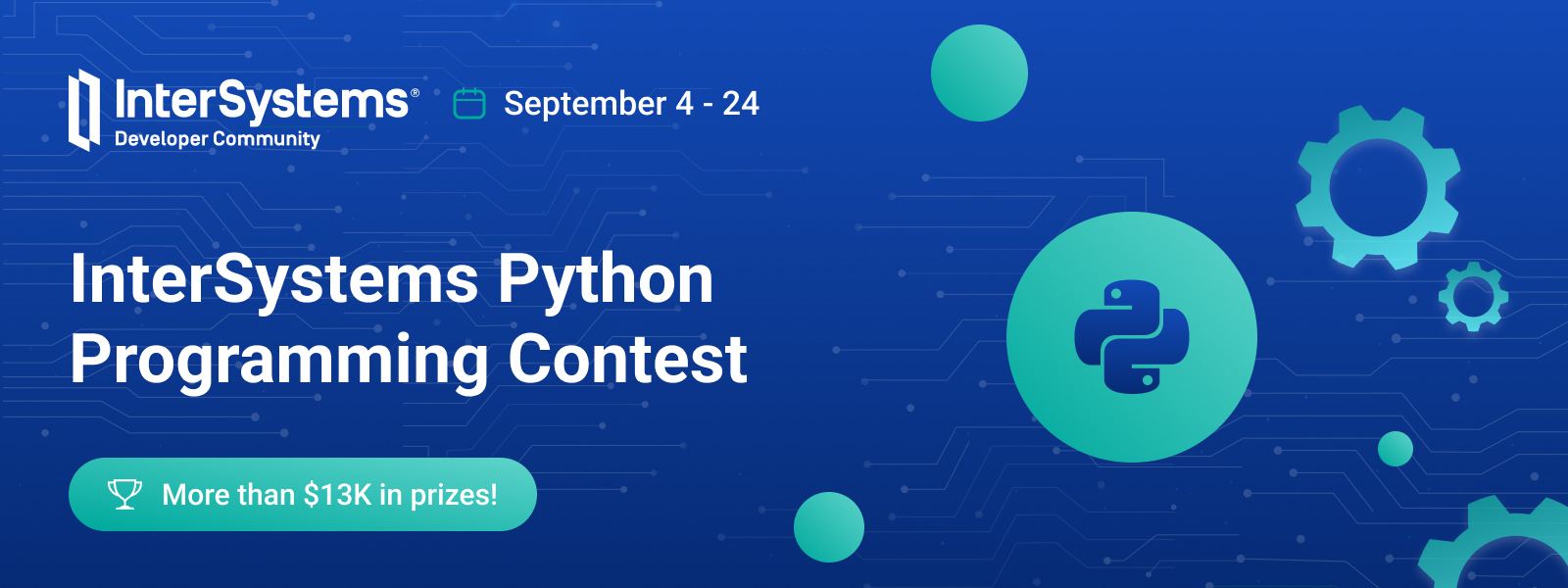
.png)

